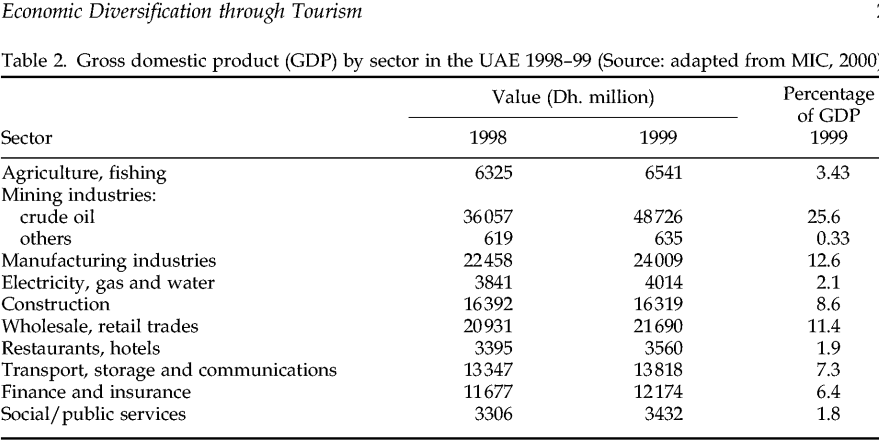Abstract
The United Arab Emirates has one of the fastest developing economies in the MENA region. In this paper, the researcher was interested in determining the role of tourism in the economic diversification strategies of the country. The primary research question focused on investigating the impact of tourism sector on the country’s economic growth. The aim of the study was to explain the relationship between the country’s economic growth and the development of tourism sector.
The researcher collected data from both primary and secondary sources. Quantitative method was selected as the appropriate method of analyzing primary data collected. The findings reveal that tourism currently plays a pivotal role in the economic diversification of the UAE’s economy. It has become one of the major sources of revenue, and the projections show that it will continue to grow.
Introduction
The United Arab Emirates is one of the major exporters of oil and gas to the international market. The government of this country has remained committed to promoting a sustained economic growth, but heavily dependence on the petroleum industry has been a major concern (Auzer, 2017). As such, the government made a decision to diversify the country’s economy as a way of reducing overreliance on one sector of the economy. Tourism has emerged as one of the best alternative when diversifying the country economy. The government has developed the country’s infrastructure to help boost the growth of the sector. Improved security, development of major tourists’ attraction sites, and the direct support that the hospitality sector gets from the government has transformed the city of Dubai into one of the world’s leading tourists’ destination.
Some of the major attraction points include Burj Khalifa, the world’s tallest building, and Palm Island, which is the largest man-made island in the world. In this paper, the researcher seeks to investigate the role of tourism in the economic diversification strategies of the oil dependent countries, taking a case study of the United Arab Emirates. The study will answer the following question:
What is the impact of tourism on the diversification of the United Arab Emirates’ economy?
The study is important because it will help to explain the significance of tourism industry in the country’s economy and what can be done to improve it. The study will use various theories as discussed in the literature review. The research onion in the appendix 1 below shows the research assumptions made in the project. The following key concepts were used in this study:
Economic growth- an increase in the amount of products (goods and services) that a country produces per head of the population.
Gross domestic products (GDP) – a measure of the monetary value of a market of all goods and services produced in a country over a given period, often a year (Gylfason, 2017).
Public-private partnership (PPP)- a close working arrangement between two or more private and public entities (Weidenfeld, 2018).
Research Objectives
- To determine the role of tourism industry in the diversification strategies of the UAE’s economy;
- To determine steps that the government can take to improve growth of tourism industry.
Literature Review
The economy of the United Arab Emirates has been experiencing impressive growth over the years. According to Ahmed (2015), the global economic recession of 2008 affected the economy, but it has since recovered and the projections show that it will continue to grow. One of the sectors of the economy that has registered impressive growth is the tourism industry. The government of the UAE has been concerned about the country’s overreliance on the oil and gas sector. Allahar (2014) explains that the oil reserves in the country are expected to dry up after a given period. It would be economically dangerous for the country to lack alternatives when the petroleum industry becomes unsustainable.
The government opted to find various alternatives such as agriculture, trade, transport, the real estate sector, and tourism among others. Each of these industries has grown over the years, but tourism has emerged as one of the main cornerstones of the country’s economy. Gylfason (2017) explains that the growth of tourism is directly attributed to the government’s massive investments and support. The government started by sponsoring some of the mega projects that would become tourists’ attraction centers.
The construction of Burj Khalifa helped in putting the country into the world map as a tourists’ destination. Being the tallest building on earth and with unique architectural design, the country now had something unique to display to the world. Soon after that, the government sponsored yet another major project, the Palm Beach, which became the world’s largest man-made island (Weidenfeld, 2018).
The government has also sponsored various major infrastructural development projects in the fields of transport, entertainment, and security. The move has assured the international community that it is safe to visit the country. Allahar (2014) explains that one of the main factors that tourists often consider before choosing their destination is security. They want to be assured that they will not be targets of terrorists or criminal elements in the foreign country. The introduction of policies that liberalized the country’s business environment has also attracted foreign investors in the country. According to Ahmed (2015), starting and operating a business in the UAE is simple.
The laws and regulations are meant to protect the business community. Such an enabling environment has attracted some of the top global hotel brands such as Ritz-Carlton, the Sheratons, and Hilton hotels among others. These initiatives have transformed the city of Dubai into one of the leading tourists’ destinations in the world.
The massive diversification of the country’s economy can be explained using the New Growth Theory. The theory holds that people’s unlimited wants and desires create an ever-expanding economic growth and productivity (Gylfason, 2017). As people struggle to achieve their unlimited wants, they developed new ways of generating income and profits. In the UAE, the country had been relying on the oil and gas industry as the main source of income. However, the desire for more that the country has pushed the public and private players to identify alternative revenue streams. One of them was the tourism sector, which has been growing rapidly over the past decades. The theory explains that when all other forces are held constant, the current growth in the tourism sector is expected to continue for several years to come.
Research Methodology and Strategy
When conducting research, one should have a clear method that defines how data would be collected, analyzed, and interpreted to answer the research question. One of the first factors that have to be considered is the main assumptions that the researcher would make. The research onion in the appendix 1 below identifies four main research philosophies that one can embrace based on the research topic and question. The four include positivism, realism, interpretivism, and pragmatism. The researcher chose pragmatism as the most appropriate research philosophy for the study. It holds the view that a concept can be accepted only if it can support an action.
Poth (2018) says that pragmatics “recognize that there are many different ways of interpreting the world and undertaking research, that no single point of view can ever give the entire picture and that there may be multiple realities,” (p. 56). As such, one can analyze the data using different approaches as long as the outcome is actionable. This philosophy was chosen because it allows the researcher to use either qualitative or quantitative research methods, depending on what is most appropriate. In the research process, the study used a combination of review type in line with the chosen philosophy. Deductive critical approach was applied in the study.
Data used in this study was obtained from both primary and secondary sources. The methodology involved examining contributions made by the tourism sector to the country’s GDP from 2014 to 2018. Secondary data was obtained from books and journal articles and they formed the basis of the literature review. These sources also enabled the researcher to understand the progress that has been made by scholars on this topic. The primary data was obtained from a sample of participants. The researcher considered it appropriate to interview economic experts in the country and those who are in the tourism industry. A sample of twenty participants was used to help in the collection of primary data from the participants.
The calculation of the sample size was based on the time available for the study and ease with which the respondents could be reached. A sample size of 20 participants was considered adequate for the study. The primary data collected from the participants was analyzed quantitatively using excel spreadsheet. This method was considered effective in explaining the economic growth in the country and the role that tourism sector has played. The researcher developed a Gantt chart to guide different activities involved in this study. The chart is shown in appendix 2 of this paper.
Data Analysis and Results
Data was collected from the sampled participants to determine their view about the role of tourism in the country’s diversification strategies. One of the issues that the researcher focused on addressing was determining the role that the tourism sector plays in the economic development and diversification of the UAE. The researcher asked the respondents if they believe that tourism sector plays a critical role in the economic growth of the country. Figure 1 below shows the outcome of the analysis of data obtained from respondents. It is evident that all the respondents unanimously agree with the fact that tourism sector plays a crucial role in the country’s economic growth. None of those who were interviewed had a contrary opinion.
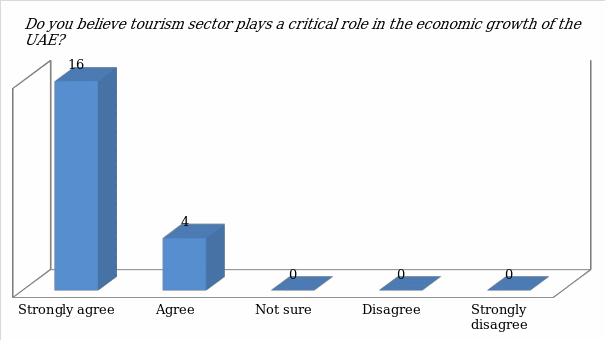
The researcher further investigated the magnitude of the impact of tourism sector in the country’s economic growth. According to Ahmed (2015), for a long time the energy sector had been the dominant player in the country’s GDP. It was necessary to determine the progress that has been made and the manner in which tourism sector compares with other major industries in the country. The respondents were requested to start sectors of the economy they believe to be dominant in the country. It is evident that the energy sector is still the dominant player in the country’s economy, accounting for slightly more than 30% of the country’s gross domestic product. The real estate sector has also registered impressive growth and currently accounts for about 20% of the country’s GDP. The tourism sector has been growing, and it is currently accounting for 15% of the GDP of the UAE. Other major sectors, as shown in figure 2 below, include retail and logistics.
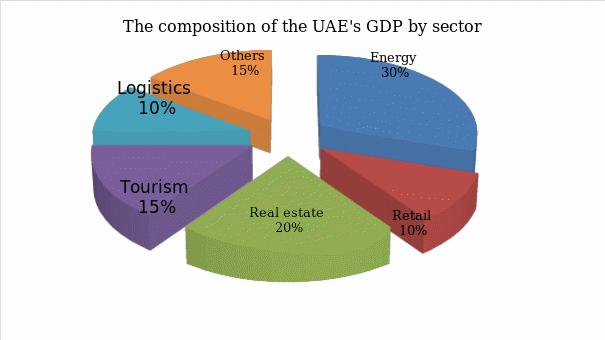
The researcher was interested in determining the potential of the tourism industry to become the leading sector in the United Arab Emirates’ gross domestic product. Respondents were asked if they believe this sector has the capacity to become the dominant sector of the country’s economy. Figure 3 below shows their responses. It is important to note that views of the respondents were varied.
A slight majority (9 participants) stated that the industry has a potential to become the dominant player in the country’s economy. However, they noted that other industries such as retail and real estate sectors are growing rapidly and they have the potential to edge out the energy sector from the top position. A significant minority (8 participants) stated that they do not believe that tourism sector has the potential to become the top income earner for the country. Three participants explained that they are not sure on the issue. However, it is important to note that all the participants agreed that the industry is growing rapidly, as supported by data from other sources, shown in appendix 4.
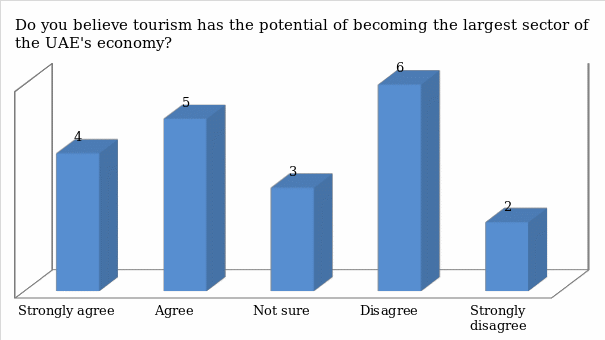
Discussion
It is evident from the analysis of both primary and secondary data that the country has been registering impressive economic growth over the past decade. The country has been relying on the oil and gas sector as the main sources of income. However, it realized that such practices would not be sustainable. The petroleum sector alone could not sustain the country’s economic growth for the next several decades. As such, a decision was made to find alternative sources of income. The government, working closely with private sector players, committed to supporting the growth of various industries as a way of reducing overreliance on the oil and gas sector.
The initiatives have had a significant impact on the country’s tourism sector. Appendix 3 shows that the UAE’s economy has been growing consistently from 2015 to 2018. There was a negative growth from 2014 to 2014 because of economic strains and the impact of the raging Arab Spring in the region, although the country was not directly affected by the civil war.
The analysis of primary data above shows that the country’s tourism sector has grown rapidly over the years. Allahar (2014) explains that the impressive growth of the country’s tourism sector is largely attributed to the effort by the government and private sector players. One of the main factors that have led to the impressive growth of the sector is infrastructural development. The government has invested a lot of money into the growth and expansion of the rail, road, water, and air transport in the country. The Dubai International Airport is currently one of the largest airports in the world. The country’s rail system is one of the most advanced. As such, tourists can move from one part of the country to another.
The massive investment made in the development of tourists’ attraction sites is another factor that has boosted growth of the industry. People come to this city to visit its wonderlands, tallest buildings, and large islands. The improved security is another factor that has help bolster growth of the tourism industry. The Middle East and North Africa (MENA) region has often had a shaky security.
The problem of extremist attacks has always made tourists to fear visiting the region. The recent Arab Spring that affected several countries in the region worsened the security in the Middle East and North Africa. However, the United Arab Emirates has remained a stable country despite these security threats. The government has invested many resources to ensure that all visitors and locals are safe from any form of attack.
The information collected from different sources show that the tourism sector has become one of the main sectors of economy in the United Arab Emirates. The government has created an environment where both local and foreign companies can start and operate their businesses without the fear of being targeted unfairly. As such, numerous international hospitality industries have started their operations in the country. According to Allahar (2014), the tourism industry in the country is poised to grow even further. It has the potential of becoming the main economic pillar in the country, especially when the petroleum sector becomes less relevant as people shift to the use of renewable energy. Appendices 5 and 6 show the consistent growth of tourism industry and the commitment of the country to diversify its economy.
Recommendations
Tourism industry in the United Arab Emirates has a huge potential. Its growth depends on the actions taken by different stakeholders within the country. The following recommendations would help enhance the growth of the industry:
- All the public and private sector organizations operating in this industry should work together to address various challenges affecting tourism;
- Individual players, especially the hotels and tour companies, should enhance safety of their clients;
- The government of the UAE should continue investing in projects that would enhance growth of the industry.
Conclusion
The economy of the United Arab Emirates has been experiencing impressive growth over the recent past. Although the global economic recession of 2008 and the recent Arab Spring in the region affected its growth, the economy has proven resilient enough to withstand these negative forces. Tourism industry has become one of the dominant players in the country’s economy. The findings of the study have answered the research question by explaining the role of tourism in the UAE’s economic diversification strategies. It is evident that the private and public sector players have successfully created an environment where the international community finds it desirable to visit the country as tourists. The income generated from this sector is projected to growth further. Future studies should investigate the role of government in enhancing a sustained growth of tourism industry.
References
The study used American Psychological Association (APA) as the most appropriate referencing style. The following are the sources used in the paper:
Ahmed, Z. E. (2015). The role of diversification strategies in the economic development for oil-depended countries: The case of UAE. International Journal of Business and Economic Development, 3(1), 47-57.
Allahar, H. (2014). Tourism development and economic diversification: A small island challenge. The SIJ Transactions on Industrial, Financial & Business Management, 2(8), 326-331.
Auzer, K. A. (2017). Institutional design and capacity to enhance effective governance of oil and gas wealth: The case of Kurdistan Region. London, UK: Springer.
Bissessar, A. M. (Ed.). (2019). Development, political, and economic difficulties in the Caribbean. Cham, Switzerland: Palgrave Macmillan.
Creswell, J. W., & Poth, C. N. (2018). Qualitative inquiry et research design: Choosing among five approaches. London, UK: SAGE Publication.
Gylfason, T. (2017). Symposium article: From double diversification to efficiency and growth. Comparative Economic Studies, 1(59), 149–168.
Poth, C. N. (2018). Innovation in mixed methods research: A practical guide to integrative thinking with complexity. Thousand Oaks, CA: SAGE Publications.
Sharpley, R. (2002). The challenges of economic diversification through tourism: The case of Abu Dhabi. The International Journal of Tourism Research, 4(3), 221-234.
Weidenfeld, A. (2018). Tourism diversification and its implications for smart specialization. Sustainability, 10(2), 319.
Appendices
Appendix 1: Research onion
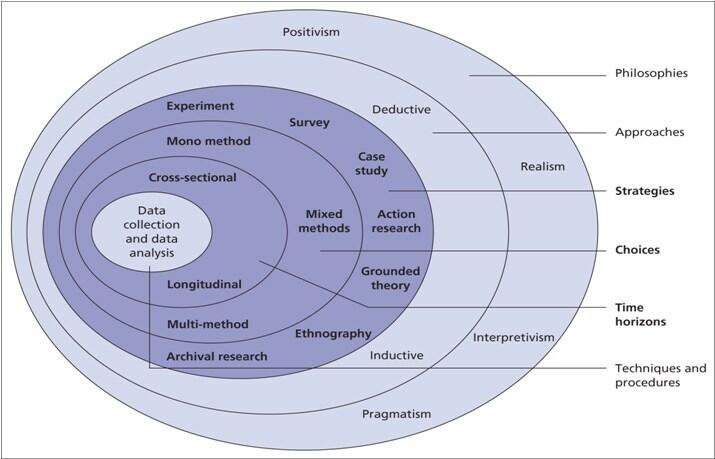
Appendix 2: Gantt chart

Appendix 3: Economic (GDP) growth of the UAE from 2010-2018
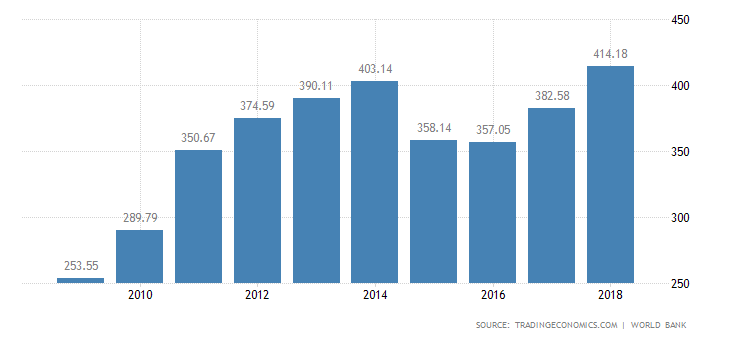
Appendix 4: Growth of revenues from tourism industry
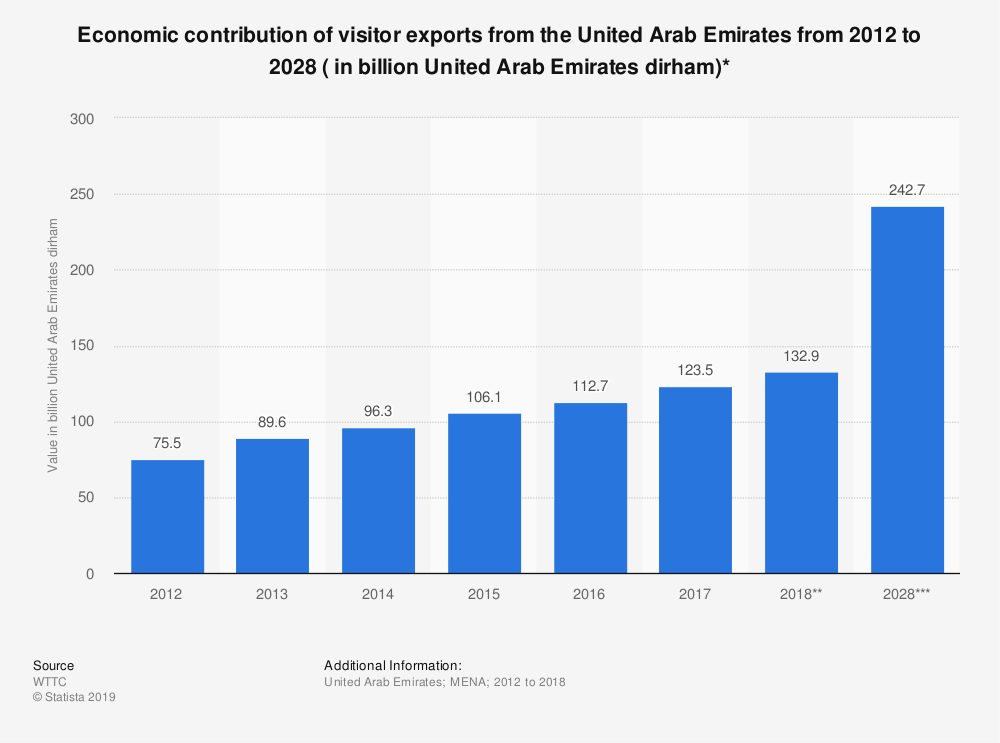
Appendix 5: Growth of tourism industry
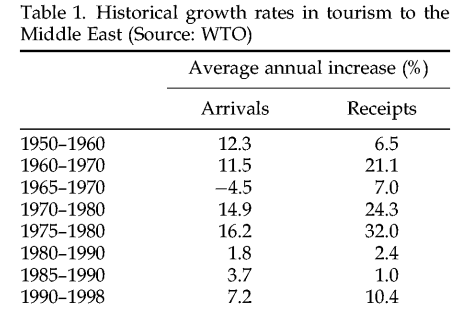
Appendix 6: GDP of the UAE from 1998-1999
